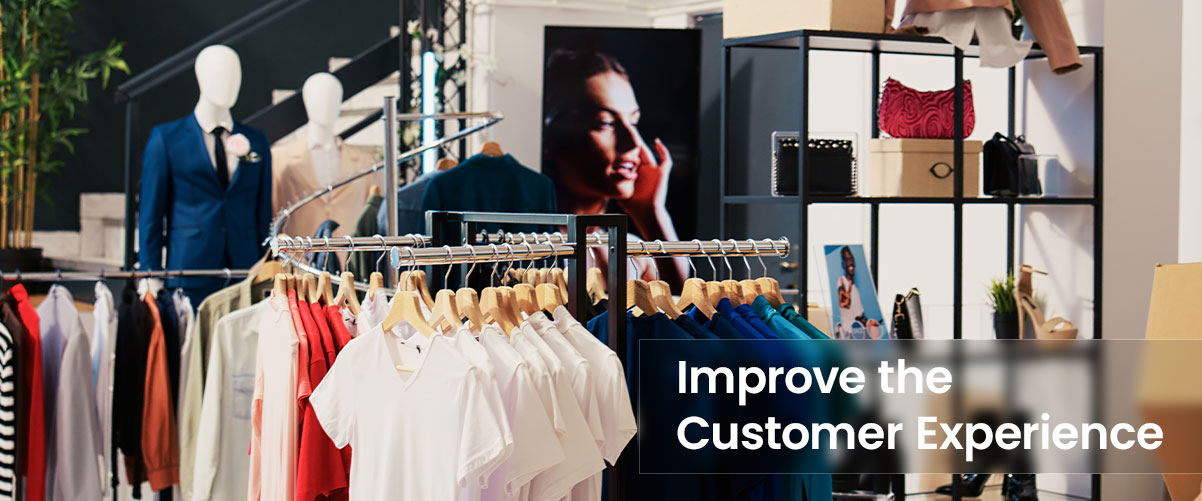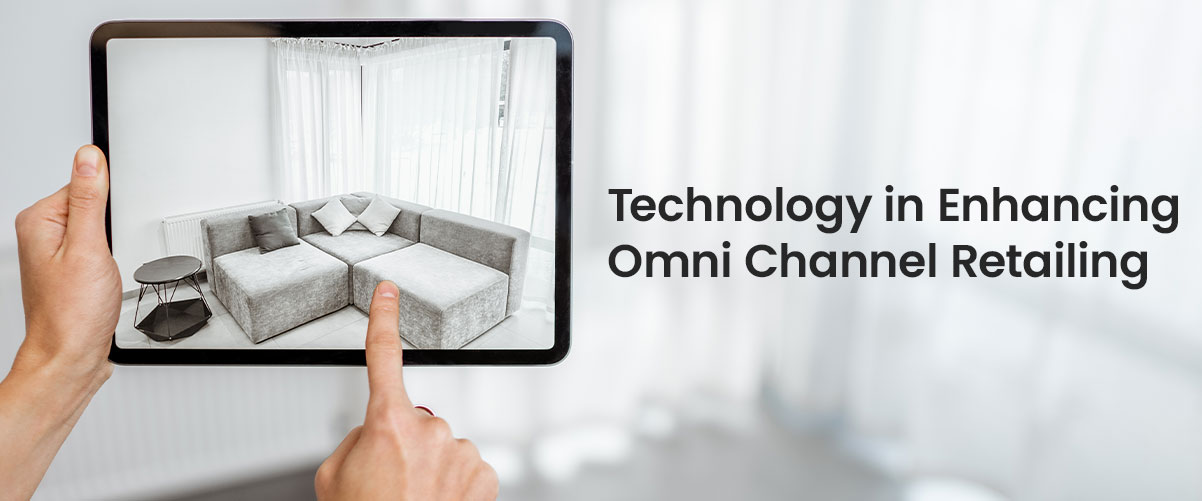The retail industry is constantly changing, and to stay competitive, stores need to keep up with what customers want. With the rise of online shopping, people have become more used to shopping in a way that is convenient and tailored to their needs. So, retailers are turning to retail software to help them meet these expectations and improve the shopping experience for customers.
What is Retail Software?
Retail software is a type of business management software that is made for running a store. It has several applications and tools that help retailers manage their business processes, such as inventory management, point of sale (POS), customer relationship management (CRM), and e-commerce.
How Can Retail Software Improve Customer Experience?
Personalization
One of the best things about retail software is that it lets stores make their customers’ shopping experiences more enjoyable. Retailers can make targeted marketing campaigns and personalize promotions and offers by looking at customer data and how they shop. This can make customers feel more substantial and more loyal to the brand. For example, a store might use information about a customer’s past purchases to suggest products the customer is likely to be interested in.
Speed and Convenience
Retail software can also help stores make shopping for customers faster and more convenient. For example, a POS system can help stores reduce the time it takes to check out, making shopping more enjoyable for customers. E-commerce platforms can also make it easy for customers to shop from anywhere and anytime without going to a store.
Inventory Management
Retail software can also help stores better keep track of their stock. By tracking and analyzing their stock in real-time, retailers can ensure they always have the products their customers want. This can make shopping better for customers and help stores avoid running out of stock or having too much of it. For example, a store might use software to look at sales data and predict future demand, ensuring they have the right stock.
Omni Channel Retailing
Retail software can also help stores do shopping across multiple channels as smoothly as possible. With e-commerce and mobile shopping becoming more popular, retailers need to be able to offer the same shopping experience across all channels. This can be done with the help of retail software, which gives a single view of inventory and customer data across all channels. For example, a customer might start shopping on a store’s website, add items to their cart, and finish their in-store purchase.
Data Analysis
Retail software can also be used to look at customer data to learn more about how customers act and what they like. Retailers can learn more about their customers and make their products fit them better by looking at past purchases, browsing habits, and social media activity. For example, a store might use software to determine which products are most popular with their customers and then change their stock to match.
Retail software can improve the customer experience in several ways, including personalization, speed and convenience, inventory management, omnichannel retailing, and data analysis. Retailers who buy and use retail software well are more likely to meet their customers’ needs and build long-term relationships with them. As the retail industry changes, the stores that embrace technology and use it to their advantage will do their best.





